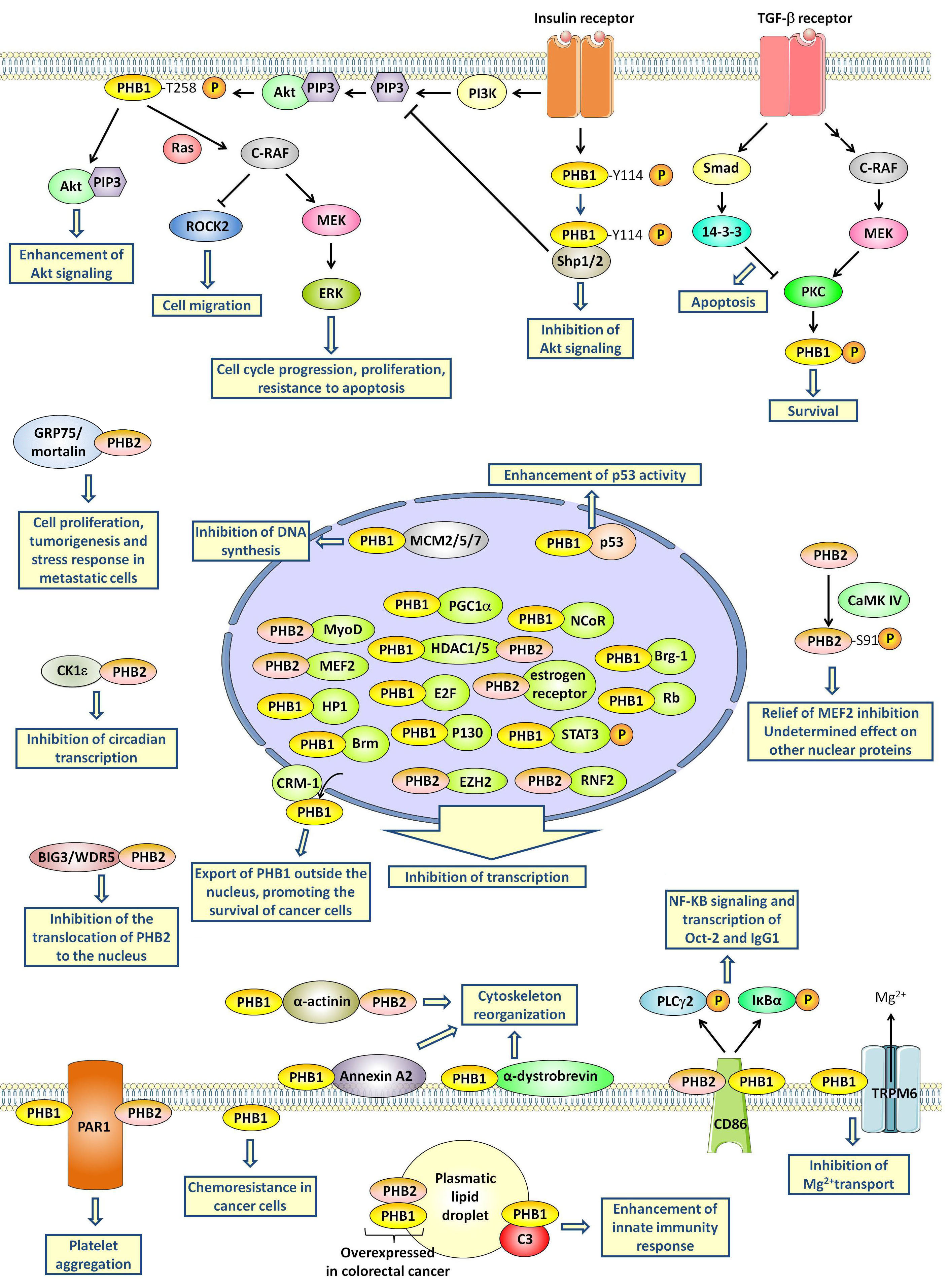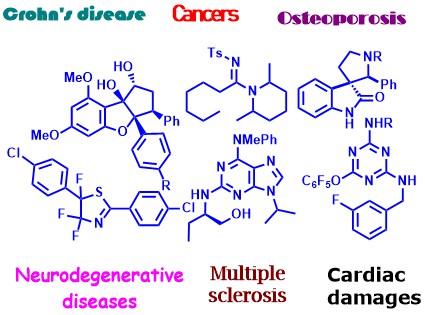 Gene Music using Protein Sequence of PHB1: https://www.youtube.com/watch?v=XOK2dgFJCCo
Gene Music using Protein Sequence of PHB1: https://www.youtube.com/watch?v=XOK2dgFJCCo
Flavaglines and other drugs that target PHBs have been identified and evaluated for various clinical applications, including cancers, neurodegenerative, cardiac, metabolic, and inflammatory diseases.
 Our lab has been the first to examine the medicinal chemistry of flavaglines and is at the forefront of research in this field. With our collaborators, we identified prohibitins (PHBs) as the molecular targets of flavaglines and we demonstrated for the first time that flavaglines are cardioprotectant.
Our lab has been the first to examine the medicinal chemistry of flavaglines and is at the forefront of research in this field. With our collaborators, we identified prohibitins (PHBs) as the molecular targets of flavaglines and we demonstrated for the first time that flavaglines are cardioprotectant.
Our overall goals are to design, chemically synthesize, and characterize pharmacologically novel ligands of prohibitins and to explore their potential for treating human disease conditions including cancers, heart failure and Parkinson’s disease.
Why is it important to develop several classes of PHB ligands?
PHBs are regulated by several tyrosine and serine phosphorylations, O-GlcNAc modifications, palmitoylations, transamidations, tyrosine nitrosylations, … Each of these post-translational modifications has substantial effects on the intracellular localization and function of PHBs.
The different classes of PHB ligands that we are currently developing stabilize different conformations of PHB, which is manifested by a variety of different pharmacological responses. As a consequence, each of these different families of drugs displays different therapeutic potential for many types of ailments.
To examine the mechanism of action and evaluate the therapeutic potential of our PHB ligands, we established collaborations with a wide array of biologists on and clinicians in Europe, USA, Canada, Japan and China.
With our collaborators, we are currently pursuing the following objectives:
- to complete the characterization of the Structure-Activity Relationships (SAR) of several classes of prohibitin ligands for their various pharmacological effects,
- to synthesize chemical tools to decipher in detail the action of prohibitin ligands in different physiological and pathological conditions,
- to define the therapeutic potential of flavaglines and other prohibitin ligands against cancers, cardiovascular, inflammatory, metabolic and neurological diseases,
- to develop other classes of anticancer agents unrelated to prohibitin ligands with original mode of action.
